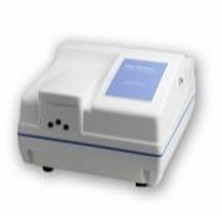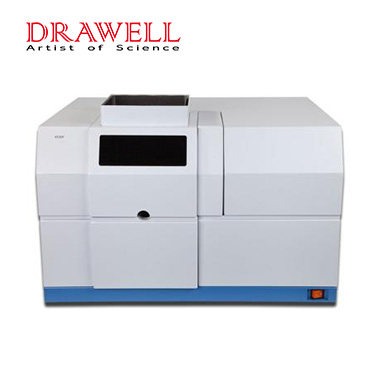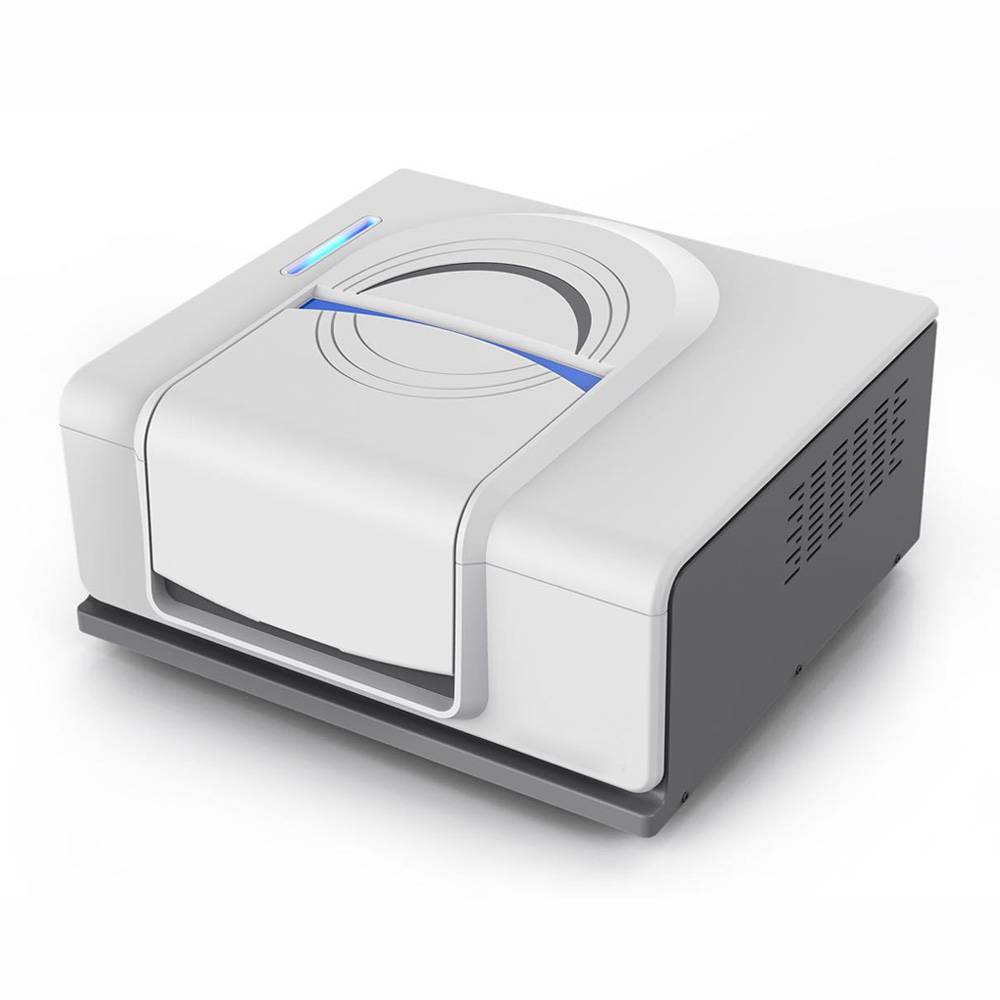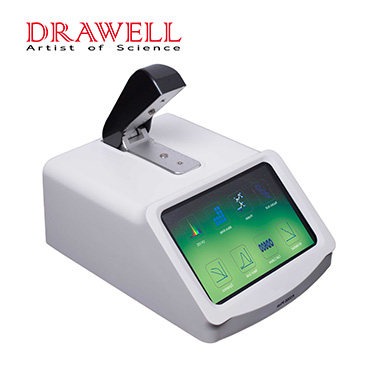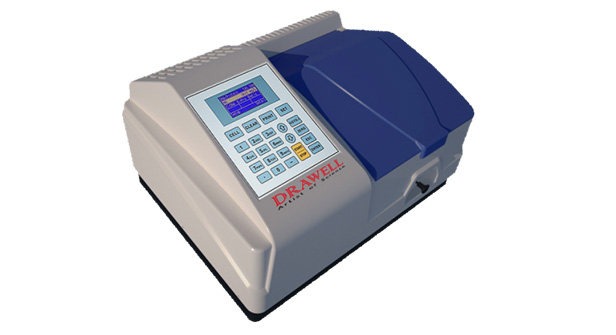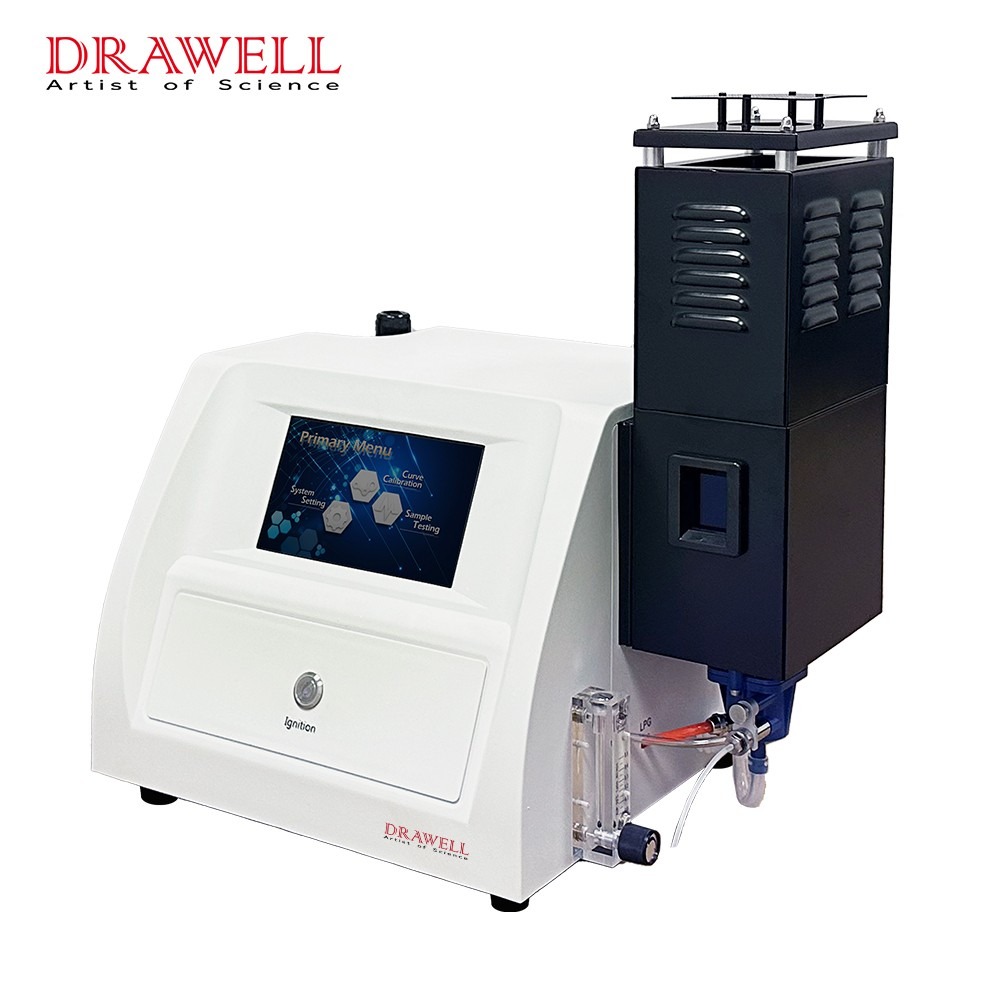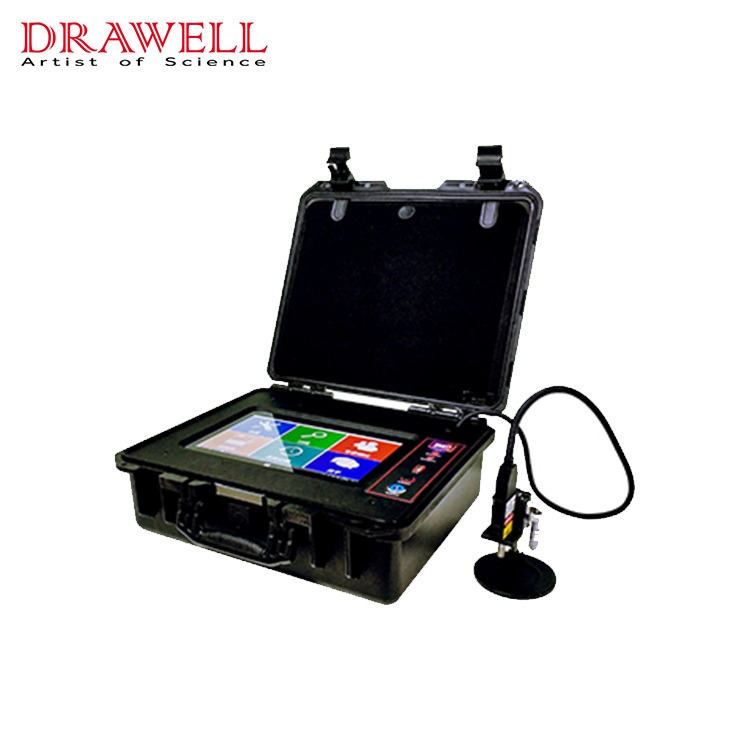In the realm of laboratory instrumentation, microplate reader vs spectrophotometer, which one would you like to select? The choice between a microplate reader and a spectrophotometer can significantly impact the efficiency and accuracy of your experiments. These devices share similarities, particularly in their ability to measure the absorbance of samples. However, they are designed with different applications and capabilities in mind. In this article, we discuss the topic of “microplate reader vs spectrophotometer”, exploring the distinctions between a Microplate Reader and a Spectrophotometer, with a particular focus on the specialized ELISA Microplate Reader.
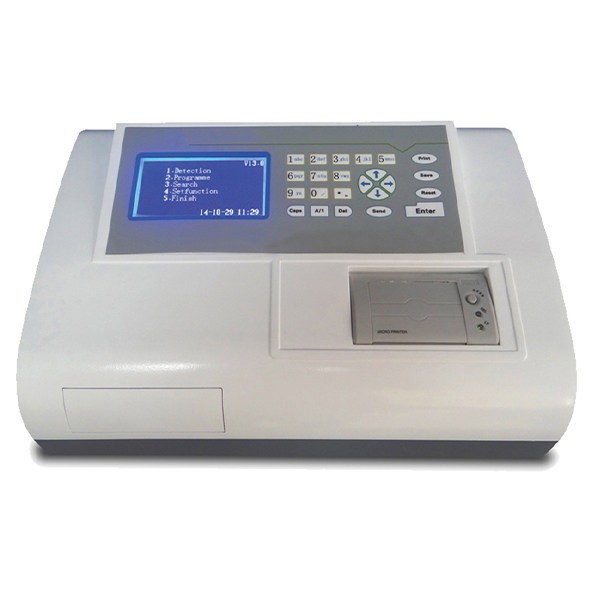
Microplate Reader VS Spectrophotometer: What are the main Functions?
Microplate Reader:
A Microplate Reader, as the name suggests, is an instrument tailored for reading microplates, also known as microtiter plates. These plates feature an array of wells (commonly 96 or 384) arranged in a grid, each capable of holding a separate sample. Microplate Readers are prized for their high-throughput capabilities, allowing for the simultaneous measurement of multiple samples within a microplate. They are versatile instruments, capable of performing various assays, including enzyme activity assays, cell viability assays, DNA quantification, and ELISA.
Spectrophotometer:
A Spectrophotometer, on the other hand, is a more general-purpose device designed to measure the absorbance of a wide range of substances. It can accommodate various sample formats, including cuvettes, test tubes, or even individual wells of a microplate. Spectrophotometers are used in a multitude of scientific disciplines, enabling researchers to analyze the absorbance spectra of samples, quantify compound concentrations, and study reaction kinetics, among other applications.
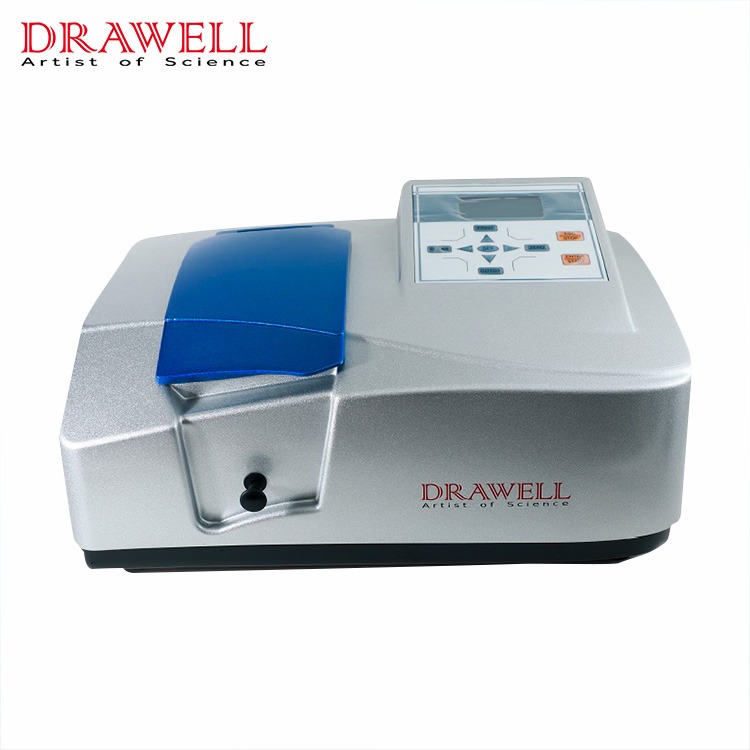
Microplate Reader VS Spectrophotometer: What are the Differences
While both Microplate Readers and Spectrophotometers can measure absorbance, the ELISA Microplate Reader is a specialized subset of Microplate Readers optimized for Enzyme-Linked Immunosorbent Assays (ELISA). ELISA is a crucial technique in immunology and molecular biology, used to detect and quantify specific antigens or antibodies in a sample.
Key Differentiators of an ELISA Microplate Reader:
- ELISA-Focused Design: ELISA Microplate Readers are purpose-built to cater to the unique requirements of ELISA assays. This includes precise control over temperature, shaking, and measurement settings, ensuring that the conditions for the assay are optimal.
- Specific Wavelengths: ELISA assays often involve the measurement of absorbance at specific wavelengths, typically in the visible and UV range. ELISA Microplate Readers are equipped with filters or monochromators optimized for these wavelengths, enhancing the accuracy of ELISA measurements.
- Ease of Use: ELISA Microplate Readers often come with user-friendly software tailored for ELISA data analysis. These features streamline the process and minimize the chances of errors, especially for researchers new to ELISA.
- High Throughput: Like other Microplate Readers, ELISA Microplate Readers maintain the high-throughput capability, allowing for the simultaneous analysis of multiple samples. This is particularly advantageous when dealing with large numbers of ELISA assays, such as in clinical diagnostics.
- Versatility vs. Specialization: The primary distinction between a Microplate Reader and an ELISA Microplate Reader lies in their versatility and specialization. While a Microplate Reader can be employed for a wide range of applications beyond ELISA, including cell-based assays, enzyme kinetics, and nucleic acid quantification, an ELISA Microplate Reader is engineered with a sole focus on optimizing ELISA assays.
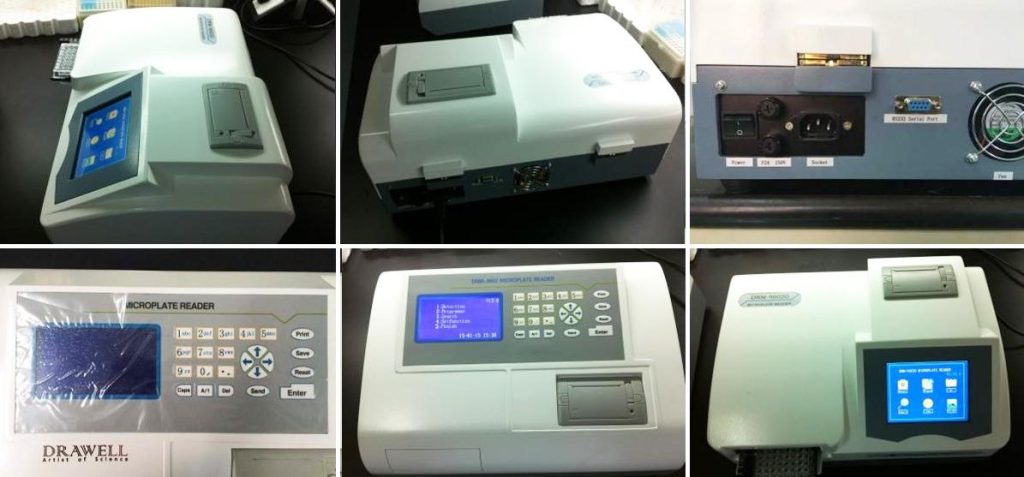
Microplate Reader VS Spectrophotometer: How to Choose
When to Choose a Microplate Reader?
- If your laboratory performs diverse experiments beyond ELISA.
- When you require flexibility to adapt to different assay types.
- For applications like cell viability assays or enzymatic assays where high-throughput is crucial.
When to Choose an ELISA Microplate Reader?
- When ELISA is a predominant technique in your research or diagnostics.
- For precise and reproducible ELISA measurements.
- If you need a dedicated instrument to meet the stringent requirements of ELISA assays.
When to Choose a Spectrophotometer?
- If your laboratory spans diverse research areas and assay types, a Spectrophotometer’s flexibility is invaluable.
- Spectrophotometers excel in applications requiring absorbance spectrum analysis or adaptability across different sample formats.
- It’s the instrument of choice for exploratory research, where customization of measurement parameters and wavelengths is essential.
Conclusion
In the world of laboratory instrumentation, the choice between a Microplate Reader and a Spectrophotometer, including the specialized ELISA Microplate Reader, hinges on the nature of your work and the specific requirements of your assays. Microplate Readers are versatile, accommodating a wide range of applications, while ELISA Microplate Readers are fine-tuned for the precision and efficiency demanded by ELISA assays. Carefully assess your laboratory’s needs and consider factors for choosing an ELISA Microplate Reader to advance your scientific endeavors.

